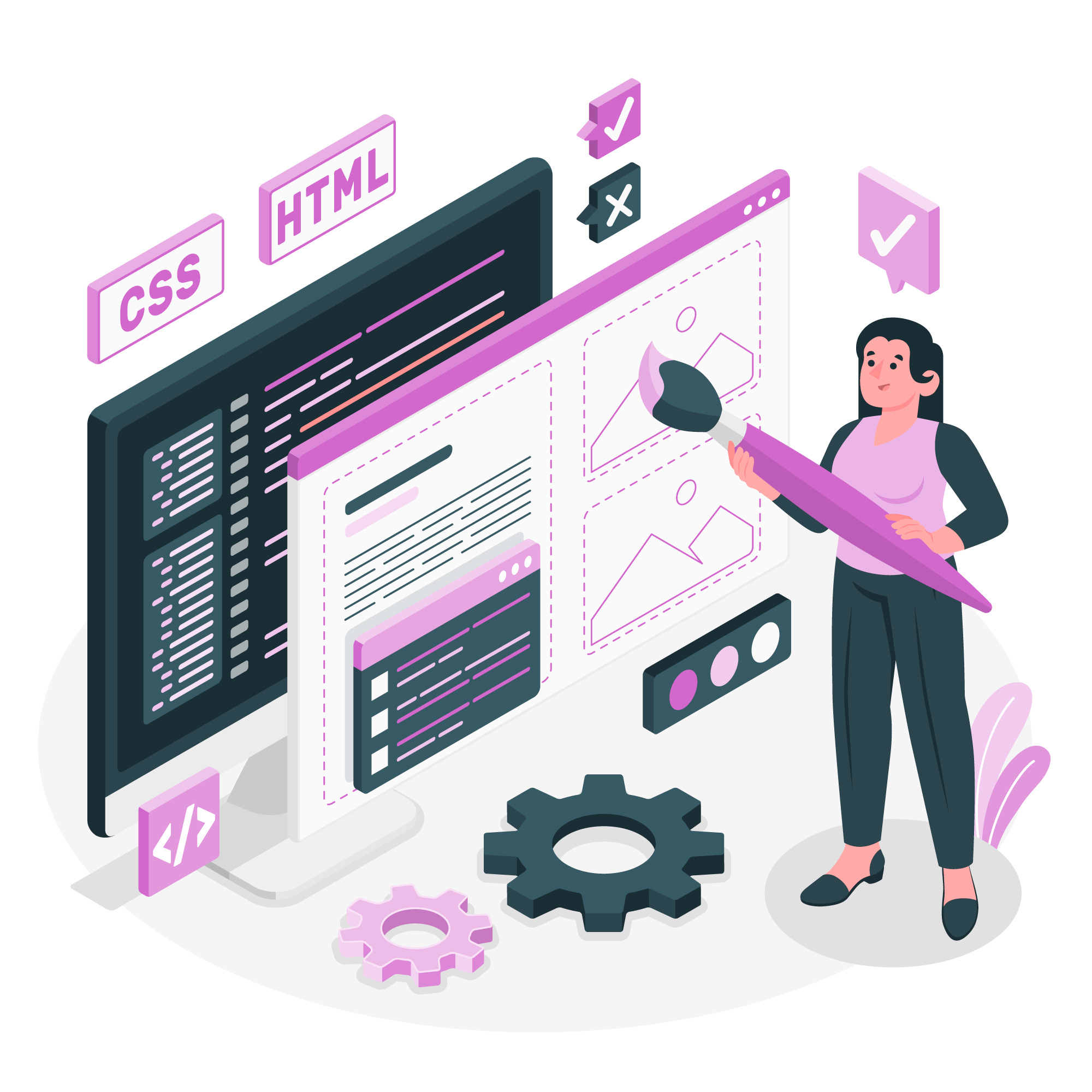An Overview of ECommerce Website Design Prices in India
The intricacy of the website, the number of features needed, and the platform are some of the variables that affect how much it costs to build an e-commerce website in India. The average cost of designing an e-commerce website in India is between ₹50,000 and ₹5,00,000 ($600 to $6,000) or more.1. Basic Ecommerce Website :
Basic E-Commerce Website A basic e-commerce website usually consists of the following pages: home, product, contact, payment gateway integration, shopping cart, and product catalog. These websites typically cost between ₹50,000 and ₹1,00,000 ($600 to $1,200).2. Intermediate Ecommerce Website :
The price goes up for companies who need more services like customer relationship management (CRM), inventory control, and SEO optimization. The cost of a middle-tier e-commerce website in India can be around ₹1,00,000 to ₹2,50,000 ($1,200 to $3,000).3. Advanced Ecommerce Website
The price can reach ₹2,50,000 to ₹5,00,000 ($3,000 to $6,000) or more for larger companies or those with specialized bespoke features like multi-vendor marketplaces, comprehensive product catalogs, numerous payment channels, and advanced security measures.Key Factors :
1. Platform Selection
Open-source platforms: Although highly configurable, platforms such as WooCommerce, Magento, or OpenCart might raise development costs because they need technical know-how to set up and maintain. Hosted platforms: In addition to the design cost, platforms like as Shopify and BigCommerce have recurring monthly costs, but they provide pre-built templates and user-friendly interfaces.2. Number of Products
The cost is greatly influenced by the quantity of goods you intend to sell. Because a website with 50 products needs more storage, bandwidth, and possibly a larger database, it will cost less than one with 5,000 products.3. Custom Features
The price will go up if you require special features like a multi-currency option, dynamic shipping rates, an affiliate marketing system, or customized user experiences. The cost of adding custom features to your project might range from ₹50,000 to ₹2,00,000 ($600 to $2,500).4. Integration of Payment Gateways
Payment gateway integration is necessary for online transactions on the majority of e-commerce websites. Depending on the intricacy, integrating gateways like PayU, Razorpay, and CCAvenue into your website can cost anywhere from ₹10,000 to ₹50,000 ($120 to $600), even if some of them levy transaction fees.5. Responsiveness on Mobile
Having a mobile-responsive e-commerce site is essential because a large percentage of online shopping takes place on mobile devices. Although it raises the price, mobile optimization is essential in the current industry. For mobile optimization, you should budget an extra ₹15,000 to ₹50,000 ($200 to $600).Advantages of Owning an Ecommerce Website
Both small and large businesses can profit from investing in a well-designed e-commerce website.1. Expanded Consumer Outreach
Your company can reach clients far beyond geographic borders with an e-commerce website. This enables you to expand your consumer base, raise brand awareness, and access a worldwide market.2. Constant Access
You can make sales while you're asleep using an e-commerce website. Your chances of making purchases are increased because customers can peruse merchandise, place orders, and pay at any time of day.3. Reduced Operating Expenses
The overhead costs of an e-commerce business are substantially lower than those of traditional businesses. Rent, utilities, and in-store employees are not issues to be concerned about. Furthermore, digital marketing platforms like social media, PPC, and SEO are sometimes more affordable.4. Better Customer Insights
Analytics technologies provided by e-commerce platforms offer important insights into consumer behavior, product preferences, and purchasing trends. You may use this information to enhance your marketing tactics, provide individualized experiences, and make well-informed business decisions.How can I reduce the custom ecommerce website cost ?
For companies of all sizes, developing a unique e-commerce website may be a substantial financial commitment. Costs can be decreased without sacrificing quality, though, with careful preparation and wise choices.1. Make a clear plan first
Saving money on your e-commerce site can be achieved by starting with a clearly defined plan. Describe your objectives, the features you would like to see, and any modifications you require. Your project can become more focused and extraneous possibilities can be eliminated with the aid of this planning approach.2. Select an MVP (Minimum Viable Product)
Think about using an MVP strategy first. This entails releasing a rudimentary version of your e-commerce website with just the most necessary functionalities. With an MVP, you can:- Launch rapidly and begin making money.
- Concentrate on fundamental features to keep initial costs down.
- Gather user feedback for future enhancements.
3. Make Use of Pre-made Templates
Consider utilizing pre-made templates found on websites like Shopify or WooCommerce rather than spending a lot of money on a completely original design. These templates can drastically cut expenses and development time:- Templates can be purchased for free or at ₹15,000 ($180).
- It's frequently less expensive to modify an already-existing template than to start from scratch.
4. Select an Appropriate E-Commerce Platform
Costs can be significantly impacted by platform selection. Certain platforms are more affordable than others:- Although WooCommerce (on WordPress) is an open-source solution with no licensing fees, hosting and plugin costs may apply.
- Although Shopify provides easy-to-use solutions, its monthly prices range from ₹2,500 to ₹20,000 ($30 to $240).





